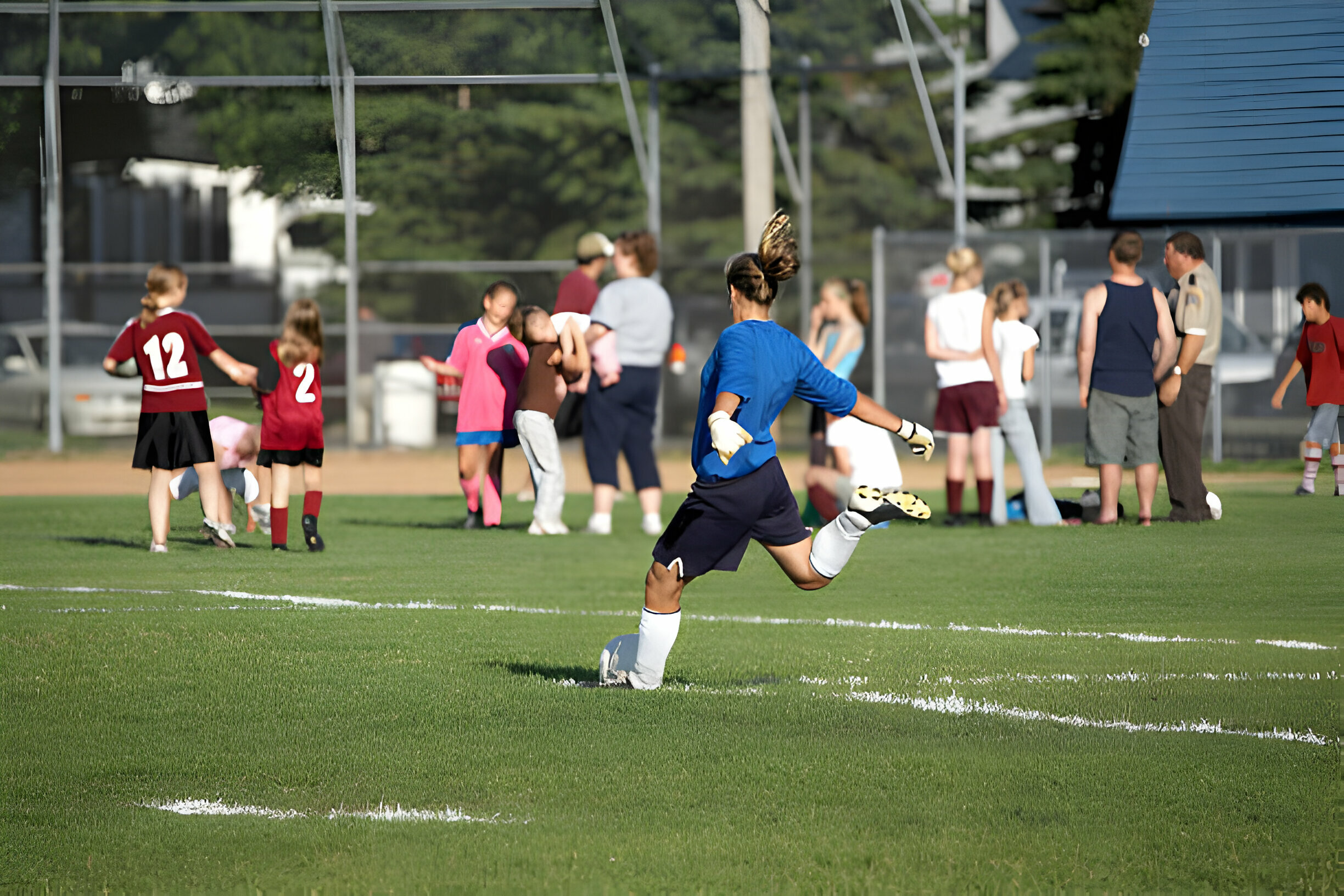The Science Behind Perfect Football Kicks
Football is often called the “beautiful game,” and there is no moment more breathtaking than the execution of a perfectly timed, perfectly placed kick. Whether it’s a long-range shot on goal, a delicate pass, or a precise free kick, the art of kicking in football is a blend of technique, strength, and science. Understanding the science behind the perfect kick can not only enhance your appreciation for the sport but also elevate your own performance on the field.
The mechanics of kicking a football involve more than just striking the ball with force. Every element, from body position to foot placement, contributes to the accuracy and power of the kick. Let’s break down the fundamentals that make up mastering football kicks, the physics involved, and how to achieve kicking accuracy explained for a flawless performance.
The Mechanics of a Football Kick
To achieve a powerful and accurate kick, a player must harness the right combination of body movement, foot alignment, and force. It all starts with the approach to the ball. The optimal angle at which a player approaches the ball is usually around 45 degrees. This angle helps to generate the necessary momentum while also allowing for better control over the direction of the kick.
When the player plants their non-kicking foot beside the ball, the body’s weight shifts to the supporting leg, creating balance. The kicking leg then swings forward in a fluid motion, with the foot making contact with the ball. The power of the kick is generated primarily by the large muscles in the thigh and hip, which propel the leg forward at high speeds.
But the real secret behind the science behind the perfect kick lies in the foot’s contact with the ball. The most efficient way to strike the ball is with the inside, outside, or instep of the foot, depending on the desired trajectory. For a precise shot, the player will aim to strike the ball with the sweet spot of their foot, located on the upper portion, around the arch. This provides more control and reduces the risk of the ball spinning wildly off course.
The Role of Physics in Kicking
To truly appreciate the complexity of football kicking, we need to look at the physics at play. Every time a player kicks the ball, Newton’s laws of motion are in action. The most important factor is the transfer of kinetic energy from the leg to the ball. When the player’s foot makes contact with the ball, the force exerted by the leg is transferred to the ball, causing it to accelerate at high speed. The more force you apply, the faster the ball will travel. However, this force must be managed carefully; too much force can send the ball off target.
The direction of the kick is determined by the angle of impact and the point of contact. For example, hitting the ball with the inside of the foot, closer to the ground, will result in a more controlled, curving shot, ideal for passing or free kicks. On the other hand, using the instep, or the laces, provides a cleaner strike with more power, making it suitable for long-distance shots or driving the ball forward.
Moreover, the spin imparted on the ball also plays a crucial role. The type of spin—whether it’s backspin, sidespin, or topspin—affects how the ball travels through the air. Kicking accuracy explained becomes clearer when you consider how spin impacts the ball’s trajectory. A backspin, for example, helps the ball stay low and gain extra control, while sidespin can cause the ball to curve dramatically, creating an unpredictable yet precise effect on goal.
Tips for a Flawless Kick
Achieving a flawless kick is a combination of perfecting the technique and understanding how to apply force and spin. Here are some tips to ensure your kicks are both powerful and accurate:
1. Proper Foot Placement
One of the most crucial aspects of mastering football kicks is ensuring that the non-kicking foot is planted correctly. The foot should be positioned just beside the ball, pointing in the direction you want the ball to travel. The closer your foot is to the ball, the more control you will have over the kick.
2. Focus on Timing and Rhythm
Kicking is not just about strength; it’s about timing. A well-timed kick will generate maximum power and accuracy. Take time to perfect the rhythm of your approach. A smooth, fluid motion will not only prevent injury but also help you strike the ball with precision.
3. Use Your Whole Body
The kick isn’t just about the foot—it’s about the entire body. Engage your core muscles and follow through with your kicking leg. A proper follow-through will ensure that your kick has both the power and the accuracy you need, helping you reach your target effectively.
4. Keep Your Head Down
A common mistake made by many football players is looking up too soon. Keeping your head down and your eyes on the ball throughout the kick will ensure better contact and improved accuracy. The best football players understand the importance of focus, especially when making that game-winning kick.
5. Understand Ball Placement
Knowing where to place the ball on your foot is key. Striking the ball in the center for power or on the side for accuracy will help control the trajectory. Experiment with different angles and contact points to discover which works best for the kick you want to achieve.
6. Practice with Purpose
There’s no shortcut to mastering football kicks—it takes practice. But not just any practice. Set specific goals for each session. Whether you’re working on long passes, free kicks, or shots on goal, honing a specific skill with purpose will lead to noticeable improvements in both power and precision.
Conclusion
The perfect football kick is a harmonious blend of technique, strength, and physics. By understanding the science behind the perfect kick, players can unlock their full potential and elevate their performance on the field. Whether it’s through perfecting timing, positioning, or experimenting with spin, these elements all contribute to kicking accuracy explained in a way that leads to a flawless kick.
So, the next time you step onto the pitch, remember that the perfect kick isn’t just a stroke of luck. It’s the result of mastering the intricacies of body mechanics, applying the right amount of force, and controlling the spin of the ball. With enough practice and a deep understanding of these principles, you can improve your kicks and truly take your football game to the next level.



